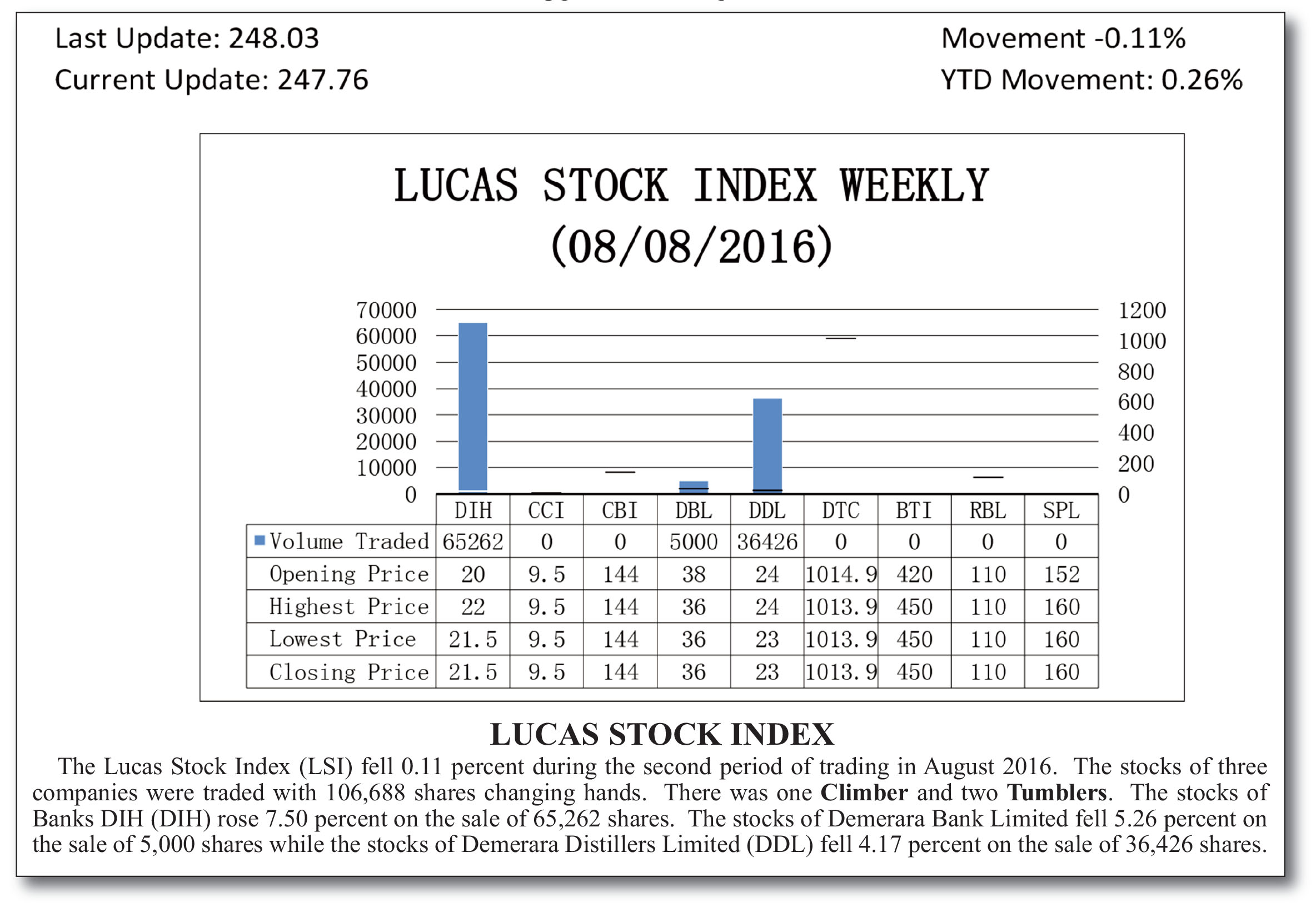Complex technology
When someone examines global trade statistics, one thing that jumps out at the reader is the difference in export revenues between primary commodities and manufactured goods. For 2015, the WTO indicated that agricultural commodities traded for an estimated US$2 trillion in export receipts. Even fuel and mining, which are two commodity groups that Guyana is counting on, collectively did not do significantly better than agricultural products. They traded for an estimated US$3 trillion. The combined primary commodity groups earned US$7 trillion less than the manufacturing group in 2015. The products of the manufacturing group generally have a higher technological content than the primary commodities, even though the process used to create the primary commodities in some cases could be the result of the use of complex technology. Nonetheless, it should be clear from the wide income gap between primary commodities and manufactured goods that the products with the higher technology content tend to yield the higher revenues.
 From the face of it and in reality, science, technology and innovation lead the way. They have proven, through the incomes that could be earned from the jobs performed, that they constitute a major factor in the amount of revenues manufacturing industries could generate and the income that people working in those industries could possibly earn. This observation brings one to the realization that it is the knowledge structure that enables a country to export higher-valued items and earn comparatively higher revenues and, be in a position to pay comparatively higher incomes. It is the ability to produce goods and services with a
From the face of it and in reality, science, technology and innovation lead the way. They have proven, through the incomes that could be earned from the jobs performed, that they constitute a major factor in the amount of revenues manufacturing industries could generate and the income that people working in those industries could possibly earn. This observation brings one to the realization that it is the knowledge structure that enables a country to export higher-valued items and earn comparatively higher revenues and, be in a position to pay comparatively higher incomes. It is the ability to produce goods and services with a

